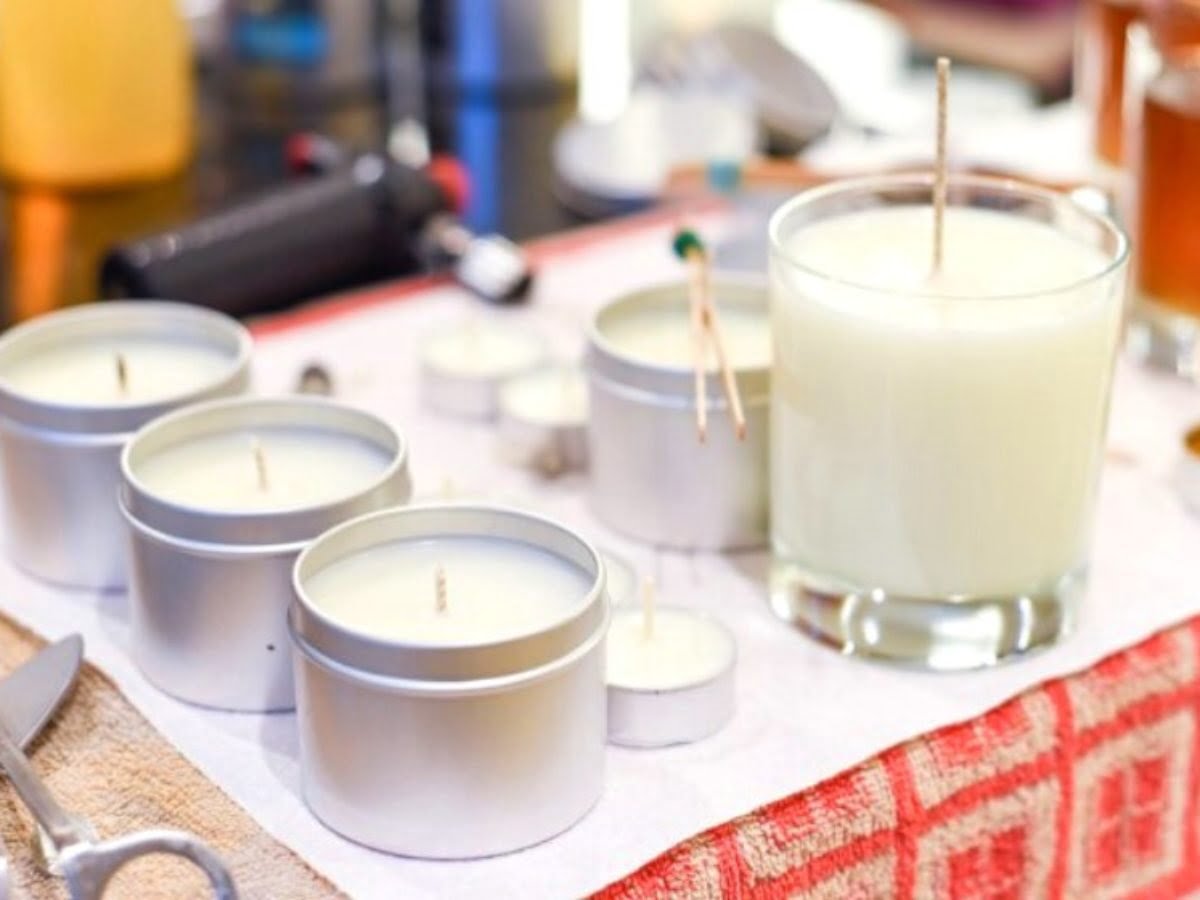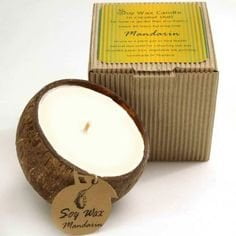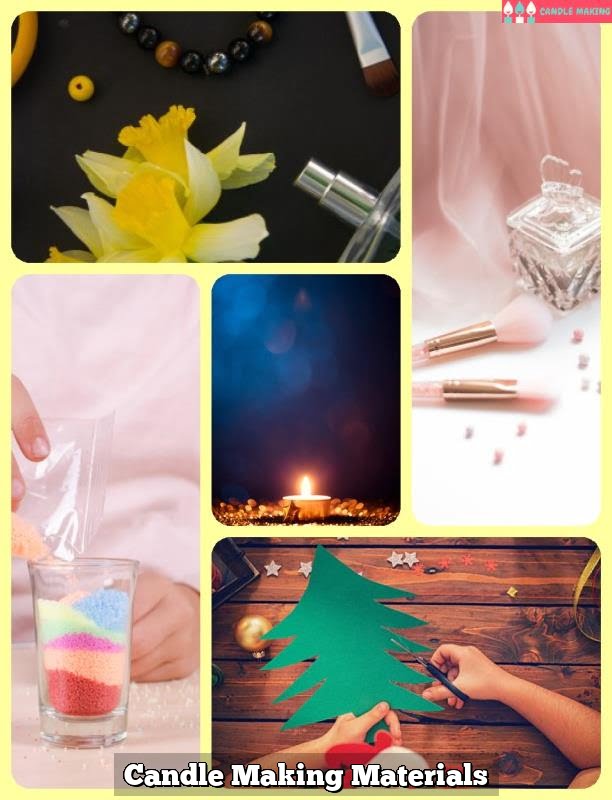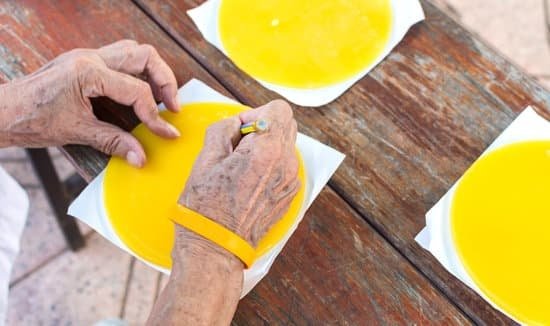Are you looking to create your own improvised candle wicks? Choosing the best materials for making improvised candle wicks is crucial for ensuring the quality and performance of your candles. Candle wicks have a long history and play a significant role in the burning process, making it essential to understand the importance of selecting the right materials.
Candle wicks have been used for centuries, dating back to ancient civilizations where they were made from materials such as hemp and cotton. The quality of the wick material directly impacts the burning process, affecting factors such as burn time, flame height, and even wax consumption. Understanding how different materials influence these aspects can help in creating candles with optimal performance.
In this article, we will delve into the significance of choosing the best materials for making improvised candle wicks. We will explore various natural fibers like cotton, hemp, and bamboo, as well as synthetic fibers such as polyester and nylon, comparing their impact on candle burning performance. Additionally, we will provide DIY options for creating improvised candle wicks using household materials and offer special considerations for different types of candles.
Importance of Choosing the Best Materials
When it comes to making improvised candle wicks, the importance of choosing the best materials cannot be overstated. The materials used for the wick greatly impact the performance and efficiency of the candle. The right choice of materials can result in a clean and steady burn, while the wrong materials can lead to uneven burning, excessive smoking, and even safety hazards. Therefore, understanding the different options for wick materials is crucial for anyone delving into candle making.
One of the best materials for making improvised candle wicks is natural fibers such as cotton, hemp, and bamboo. These materials are known for their ability to absorb and draw up liquid wax effectively, resulting in a consistent and long-lasting flame. Natural fibers also tend to burn cleanly, making them a popular choice for homemade candles. Additionally, they are readily available and relatively affordable compared to other options.
On the other hand, synthetic fibers like polyester and nylon offer their own set of benefits when used as candle wick materials. These materials are known for their durability and resistance to high temperatures.
They also have a lower risk of mushrooming (the formation of carbon buildup at the tip of the wick), which can help maintain a cleaner burn over time. However, they may not provide the same level of capillary action as natural fibers, which can affect how efficiently they draw up melted wax.
Overall, choosing the best material for making improvised candle wicks requires careful consideration of various factors such as burn performance, availability, cost-effectiveness, and personal preference. Experimentation with different materials can also help determine which one suits your specific candle-making needs best.
| Wick Material | Key Characteristics |
|---|---|
| Natural Fibers (Cotton, Hemp, Bamboo) | Effective wax absorption; clean burning; affordable |
| Synthetic Fibers (Polyester, Nylon) | Durable; resistant to high temperatures; lower risk of mushrooming |
Natural Fibers as Candle Wick Materials
Natural fibers are among the best materials for making improvised candle wicks due to their ability to absorb and hold liquid wax, as well as their slow and consistent burn rate. Cotton, hemp, and bamboo are some of the most commonly used natural fibers for candle wicks. These materials are readily available, affordable, and can be found in various forms suitable for crafting homemade candles.
Cotton is perhaps the most popular natural fiber used for candle wicks due to its accessibility and efficiency. The tightly spun nature of cotton provides a stable structure for the wick, allowing it to maintain a steady flame without excessive smoking or flickering. Hemp is another excellent choice for candle wicks because of its high resistance to heat and flame. Its strong and durable properties make it ideal for longer burning candles such as outdoor torches.
Bamboo is a more unconventional but equally effective material for making improvised candle wicks. It offers a clean burn with minimal soot or smoke production, making it a great option for eco-conscious candle makers. The hollow structure of bamboo also allows it to absorb and draw up melted wax efficiently, contributing to a longer-lasting flame.
When comparing these natural fiber materials, it’s important to consider their individual characteristics in terms of burn rate, smoke production, and overall performance in different types of candles. By understanding the unique properties of each material, candle makers can make informed decisions on which natural fiber would best suit their specific candle-making needs.
| Natural Fiber Material | Main Characteristics |
|---|---|
| Cotton | Accessible, efficient, stable flame |
| Hemp | High resistance to heat, minimal smoke production |
| Bamboo | Clean burn, minimal soot production, efficient wax absorption |
Synthetic Fibers as Candle Wick Materials
When it comes to creating improvised candle wicks, synthetic fibers provide an alternative to natural materials like cotton, hemp, and bamboo. Common synthetic fibers used for candle wicks include polyester and nylon. These materials are often chosen for their affordability and availability, making them a practical choice for DIY candle making projects.
One of the key differences between natural and synthetic fibers as candle wick materials is their burning performance. Synthetic fibers tend to have a slower burn rate compared to natural fibers, resulting in a more controlled and consistent flame. Additionally, synthetic wicks can be engineered to self-trim during burning, reducing the likelihood of mushrooming and soot formation.
Considerations When Using Synthetic Fibers
While synthetic fibers offer certain advantages for improvised candle wicks, it is important to consider the type of wax being used in the candle. For example, some synthetic fibers may not perform optimally with certain types of wax such as soy or beeswax. It’s essential to test different combinations of wick materials and wax types to ensure the best results.
Ultimately, when selecting the best materials for making improvised candle wicks, it’s important to weigh the pros and cons of both natural and synthetic fibers. Each has its own unique characteristics that can significantly impact the overall performance of the candle. Whether choosing natural or synthetic fibers, ensuring safety and efficiency in DIY wick making is crucial for a successful candle burning experience.
DIY Options for Making Improvised Candle Wicks
Making your own candle wicks can be a fun and creative way to personalize your candle-making process. Not only is it cost-effective, but it also allows you to control the quality of materials used for your candles. Here are some DIY options for making improvised candle wicks using household materials:
- Cotton strings: Cotton is a popular material for candle wicks due to its ability to burn steadily and consistently. Simply braid or twist cotton strings together to create a thicker wick for larger candles.
- Paper: Thin strips of paper can be soaked in wax and twisted together to form a makeshift wick. While this may not be as effective as other materials, it is a great option in a pinch.
- Wood shavings: For a rustic and natural look, wood shavings can be tied together with twine to create unique wicks. Be sure to use dry wood shavings to prevent excessive smoke when burning.
When making DIY candle wicks, it’s important to ensure safety and efficiency. Here are some tips to consider:
- Choose high-quality materials that are free from chemicals or synthetic additives.
- Experiment with different thicknesses and lengths of wicks to determine the best fit for your candles.
- Avoid using flammable or hazardous materials that could pose a risk when lit.
By exploring different household materials, you can unleash your creativity and develop unique candle wick options that suit your individual preferences and needs.
Special Considerations for Different Candle Types
When it comes to making improvised candle wicks, natural fibers are among the best materials to consider. Commonly used natural fibers for candle wicks include cotton, hemp, and bamboo. These materials are known for their ability to absorb and draw up melted wax, allowing for a steady and consistent burn. In addition, natural fibers are also biodegradable and more environmentally friendly compared to synthetic alternatives.
Synthetic Fibers as Candle Wick Materials
On the other hand, synthetic fibers such as polyester and nylon can also be used as alternative materials for candle wicks. These materials have a higher melting point and can offer a more controlled burn, making them suitable for certain types of candles. However, they may not be as environmentally friendly as natural fibers, so it’s important to consider the overall impact on the environment when choosing these materials.
DIY Options for Making Improvised Candle Wicks
For those looking to get creative with their candle-making process, there are DIY options for making improvised candle wicks using household materials. Cotton strings, paper, and even wood shavings can be used to create custom wicks. It’s important to note that safety and efficiency should be considered when utilizing these materials, so following a step-by-step guide is essential in this process.
Before using improvised candle wicks in actual candles, it’s crucial to test their performance. This can involve burning the wick on its own to observe how it behaves with different types of wax. Additionally, common issues such as tunneling or uneven burns should be taken into consideration when troubleshooting the use of various materials for making candle wicks.
Testing and Troubleshooting
When it comes to making improvised candle wicks, testing and troubleshooting are essential steps to ensure the success of your DIY project. Testing the performance of your makeshift wicks before using them in actual candles can help prevent potential issues such as uneven burning or excessive smoke. Likewise, having troubleshooting skills can save you from wasting materials and time by addressing common problems that may arise when using different wick materials.
Here are some suggestions for testing the performance of improvised candle wicks:
- Conduct a burn test: Place the improvised wick in a small container with melted wax and observe how it burns. Pay attention to the flame’s size, stability, and any signs of smoking or sputtering.
- Measure the burn rate: Note how long it takes for the wick to consume a specific amount of wax. This can give you an idea of how efficient the wick is in fuel consumption.
- Assess residue and scent: After burning, examine any leftover residue or unusual smells. A high-quality makeshift wick should leave minimal residue and produce a pleasant fragrance when combined with scented wax.
Inevitably, there may be issues that arise when using various materials for making candle wicks. Some common problems include:
- Inconsistent burning: If your improvised wick burns unevenly or flickers excessively, try adjusting the type or thickness of the material used. Natural fibers like cotton tend to provide more consistent burning compared to some synthetic fibers.
- Soot buildup: Certain materials may produce more soot than others when burned. If you notice excessive soot on your container or candle jar, consider trying a different type of material for your makeshift wick.
- Poor scent throw: If your scented candles made with DIY wicks fail to release a noticeable fragrance, experiment with different materials and sizes to find one that complements the scent load of your wax.
By being knowledgeable about testing methods and having strategies for troubleshooting potential issues, you can effectively use various materials for making improvised candle wicks with confidence and creativity. These skills can ultimately lead to successful DIY projects and enjoyable homemade candles tailored to your preferences.
Conclusion
In conclusion, it is evident that choosing the best materials for making improvised candle wicks is crucial in ensuring the overall performance and safety of the candles. Natural fibers such as cotton, hemp, and bamboo offer excellent burning properties and are environmentally friendly. On the other hand, synthetic fibers like polyester and nylon provide alternative options with their own set of advantages. DIY options using household materials also showcase the versatility and creativity in making personalized candle wicks.
When considering the type of candle being made, whether it be soy, beeswax, or paraffin, it is important to take into account the specific characteristics of each material in order to determine the most suitable wick. Additionally, testing and troubleshooting the performance of improvised candle wicks before use can help identify any potential issues and find appropriate solutions.
Overall, the process of creating improvised candle wicks allows for a wide range of materials to be explored and experimented with, ultimately leading to unique and customized results. By understanding the importance of selecting the best materials for making improvised candle wicks, individuals can enhance their candle making experience while ensuring optimal performance and safety.
Frequently Asked Questions
What Material Can Be Used for Candle Wicks?
Candle wicks can be made from various materials, with cotton being the most common due to its ability to efficiently absorb and burn the wax. Other options include paper, hemp, or wood.
What Makes a Good Homemade Candle Wick?
A good homemade candle wick is one that is made from high-quality, untreated cotton that has been braided or twisted tightly to ensure it doesn’t unravel while burning. It should also be of the appropriate thickness for the size of the candle.
How Do You Improvise a Candle Wick?
If you need to improvise a candle wick, you can use household items like spaghetti strands, twine, or even a strip of cotton fabric. Just remember to thoroughly soak the material in wax before lighting it to ensure safe and efficient burning.

Welcome to my candle making blog! In this blog, I will be sharing my tips and tricks for making candles. I will also be sharing some of my favorite recipes.





